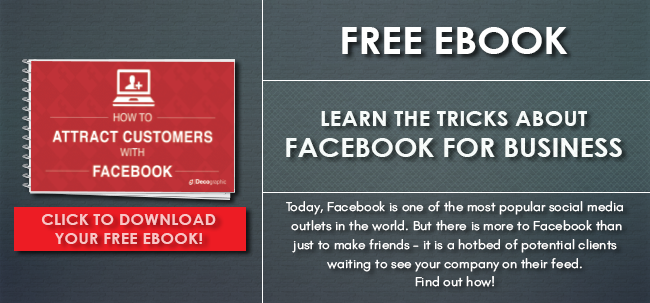.png?width=1470&name=Copy%20of%20SCS%20-%20Blog%20Template%20(62).png)
A call-to-action is part of the marketing advertisement that tells the target audience the result of clicking on the PPC ad. To make your audience click the ad, you need to put enough information that you can provide to potential customers with your CTA. This is to let your audience know what to expect when they click the ad. Having an effective call-to-action can increase customers in the long run, that's why this is becoming a popular marketing tactic for a lot of companies.
Here are the top five ways on how to create a successful call-to-action advertisement.
One big point to remember is to be clear and concise with your CTA because there is limited space in the ad. Additionally, it has a character limit that is set at 25 characters per description line. You have to let your audience know what you want them to do, straight to the point. If you are running an e-commerce website, you may start your CTA with words like “buy”, “shop” or “order”.
RELATED: HOW TO CREATE A DETAILED BUYER PERSONA
Using these words can elicit a strong response from your targeted audience. You need your CTA to be enthusiastic so your audience can be enthusiastic too. Create a CTA that clearly defines their benefit. One pro tip is to include an exclamation point to the end of the CTA to effectively make them excited, giving a little extra kick.
You need to be able to give your customers a reason to do what you want. Create a value proposition or unique selling point. The USP is an important piece in acquiring new leads. A strong, easily recognizable USP can make or break a business. This is why it makes sense to leverage your USP and make it the cornerstone of the overall marketing strategy. Know the best USP for your business and learn how to creatively put it into a call-to-action statement.
FOMO can be an effective tactic for CTA. The fear of missing out (FOMO) is an extremely effective motivator since a lot of people would think they might lose out on an opportunity that may not come again. You can mention a big sale or promotion that will last for a limited time only. These messages are hard to ignore, especially if they are time-sensitive situations. This can get additional clicks from your CTA.
In this kind of generation, it might be effective to customize CTA based on the devices being used by most customers. A lot of research shows that mobile devices usually have different user behavior and search intent than desktops/tablets. It has been shown that users who search using the desktop or tablets are typically just doing research and are not quite ready to commit. On the other hand, users using mobile phones are often looking for “instant gratification” or fast results. You may want to design your CTA more into smaller screen sizes to be effective.





